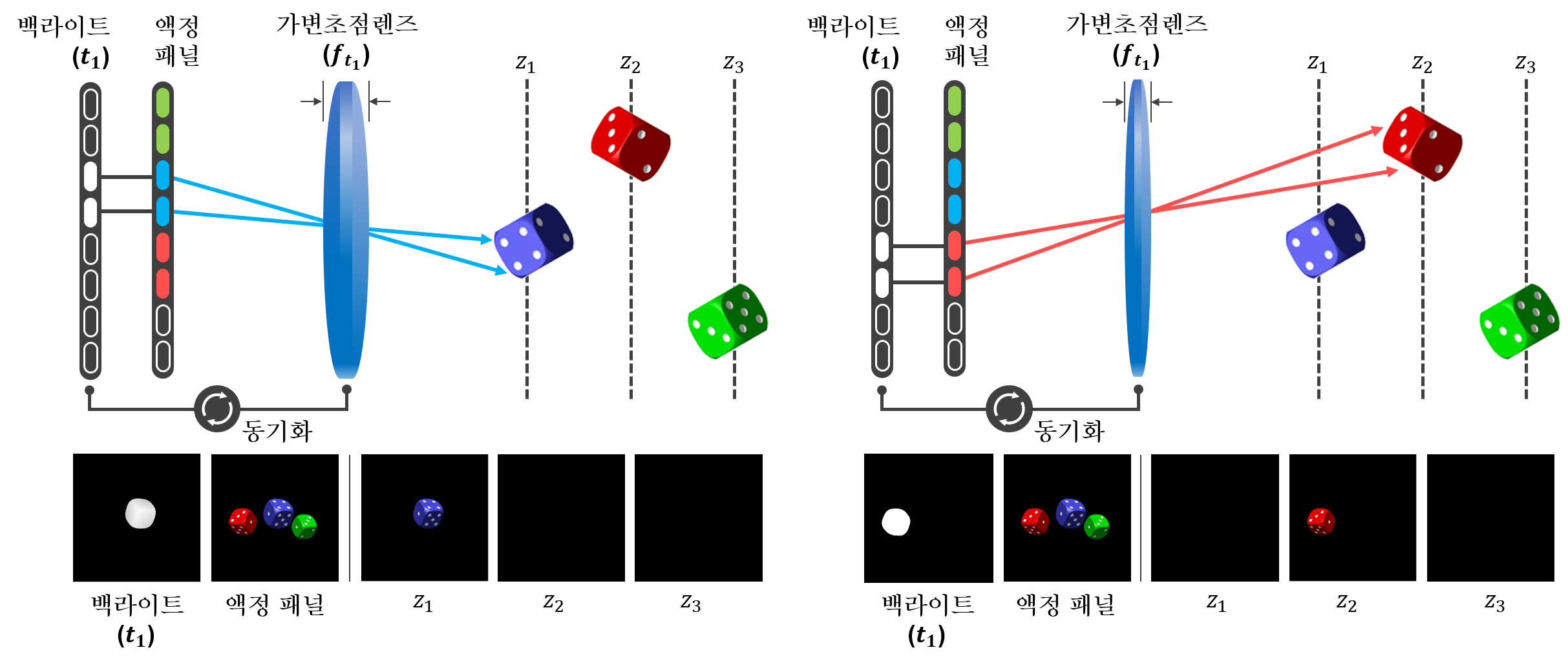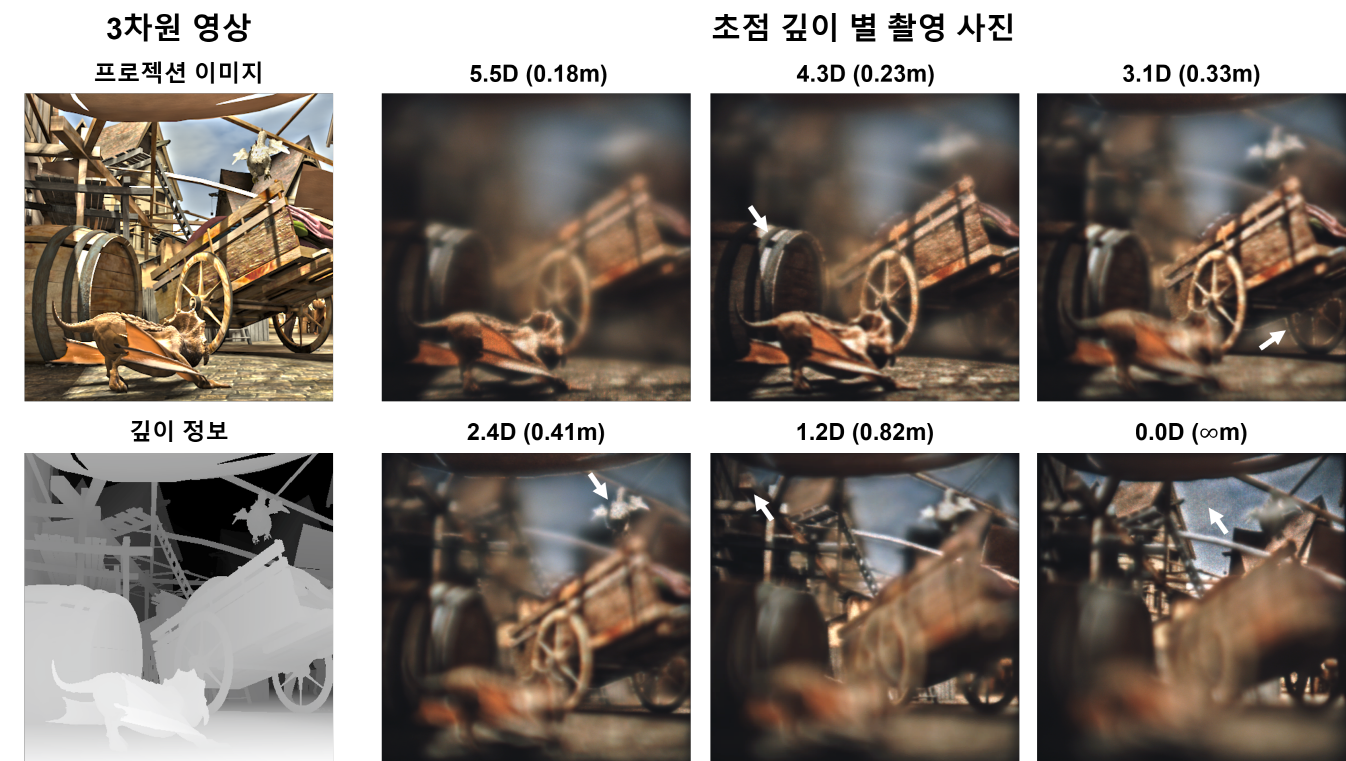- About
- Academics
-
Undergraduate Programs
- Civil and Environmental Engineering
- Architecture and Architectural Engineering
- Mechanical Engineering
- Industrial Engineering
- Energy Resources Engineering
- Nuclear Engineering
- Materials Science and Engineering
- Electrical and Computer Engineering
- Naval Architecture and Ocean Engineering
- Computer Science and Engineering
- Aerospace Engineering
- Chemical and Biological Engineering
-
Graduate Programs
- Civil and Environmental Engineering
- Architecture and Architectural Engineering
- Mechanical Engineering
- Industrial Engineering
- Energy Systems Engineering
- Materials Science and Engineering
- Electrical and Computer Engineering
- Naval Architecture and Ocean Engineering
- Computer Science and Engineering
- Chemical and Biological Engineering
- Aerospace Engineering
- Interdisciplinary Program in Technology, Management, Economics and Policy
- Interdisciplinary Program in Urban Design
- Interdisciplinary Program in Bioengineering
- Interdisciplinary Program in Artificial Intelligence
- Interdisciplinary Program in Intelligent Space and Aerospace Systems
- Chemical Convergence for Energy and Environment Major
- Multiscale Mechanics Design Major
- Hybrid Materials Major
- Double Major Program
- Open Programs
-
Undergraduate Programs
- Research
- Campus Life
- Communication
- Prospective Students
- International Office
Research Team Led by Professor Byoungho Lee Develops 3D Display Technology that Alleviates Ocular Fatigue
-
Uploaded by
관리자
-
Upload Date
2019.07.24
-
Views
452
Research Team Led by Professor Byoungho Lee Develops 3D Display Technology that Alleviates Ocular Fatigue
▲ (LEFT) Professor Byoungho Lee, (RIGHT) Seungjae Lee of the Department of Electrical and Computer Engineering
SNU College of Engineering (Dean Kookheon Char) announced on 18th that the research team led by Professor Byoungho Lee of the Department of Electrical and Computer Engineering has developed a tomographic, three-dimensional display that overcomes the limitations of conventional 3D displays. This research resolved the issue of ocular fatigue, dizziness, and nausea caused by virtual reality (VR) and augmented reality (AR) head-mounted displays (HMD).
The reason conventional 3D displays induced ocular fatigue was that the angle which user’s two eyes gather to detect a three-dimensional video is different from the position of which the eyes focus for a clear sight. Hence, the team aimed to develop a new display technology that brings the two focal points together and allow a flexible positional change.
The tomographic display put forth by Lee’s team represents light distributed from three-dimensional objects to multiple planes of images. Here, the kernel of the technology was finding the combination of light fields for an accurate intensity distribution. The team found the optimized combination by back-projecting actual light distribution through numerical analysis based on computed tomography (CT).
These planes were then represented via the combination of fast spatially adjustable backlight, liquid crystal display panel, and focus-tunable lens. By adjusting the focal length of the focus-tunable lens or the backlight and display information and using the after-image effects of the eye, the team finally succeeded in creating stereoscopic images that do not cause fatigue.
The tomographic display that the team experimentally tested could produce over 80 planes without a degraded resolution or frame. The 80 planes could distribute within a depth range of 18 cm to several tens of meters. Such technology alleviates ocular fatigues due to three-dimensional displays and promises a comfortable user experience of VR and AR systems. It can also stretch to be applied to a new form of 3D display movie theaters.
Seungjae Lee, a researcher of Professor Lee’s team, stated, “The tomographic display resolved the problem of ocular fatigue caused by binocular 3D displays. Our plan is to expand the findings to develop tomographic displays in the form of eyeglasses.”
The research findings can be found on Nature Communications as of June 7th. This research was conducted with the support of the Ministry of Science and ICT and the Institute for Information and Communications Technology Promotion (IITP).

▲ Principle of Tomographic 3D Display: Synchronizing fast spatially adjustable backlight, liquid crystal panel, and focus-tunable lens to represent multiple planes through a wide depth range (Image Provided by SNU College of Engineering)

▲ Photos Taken by the Tomographic 3D Display Prototype: Demonstrates a Wide Depth Range from 18cm to Infinity (Images Provided by SNU College of Engineering)
[Link to Article]
S. Lee, Y. Jo, D. Yoo, J. Cho, D. Lee, and B. Lee, ‘Tomographic near-eye displays’ Nature Communications, 10, 2497 (2019).
https://www.nature.com/articles/s41467-019-10451-2